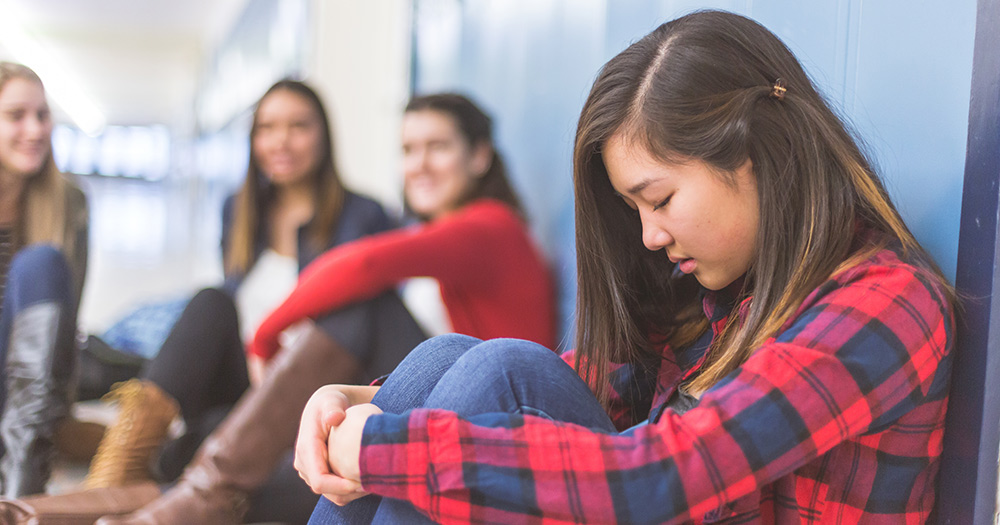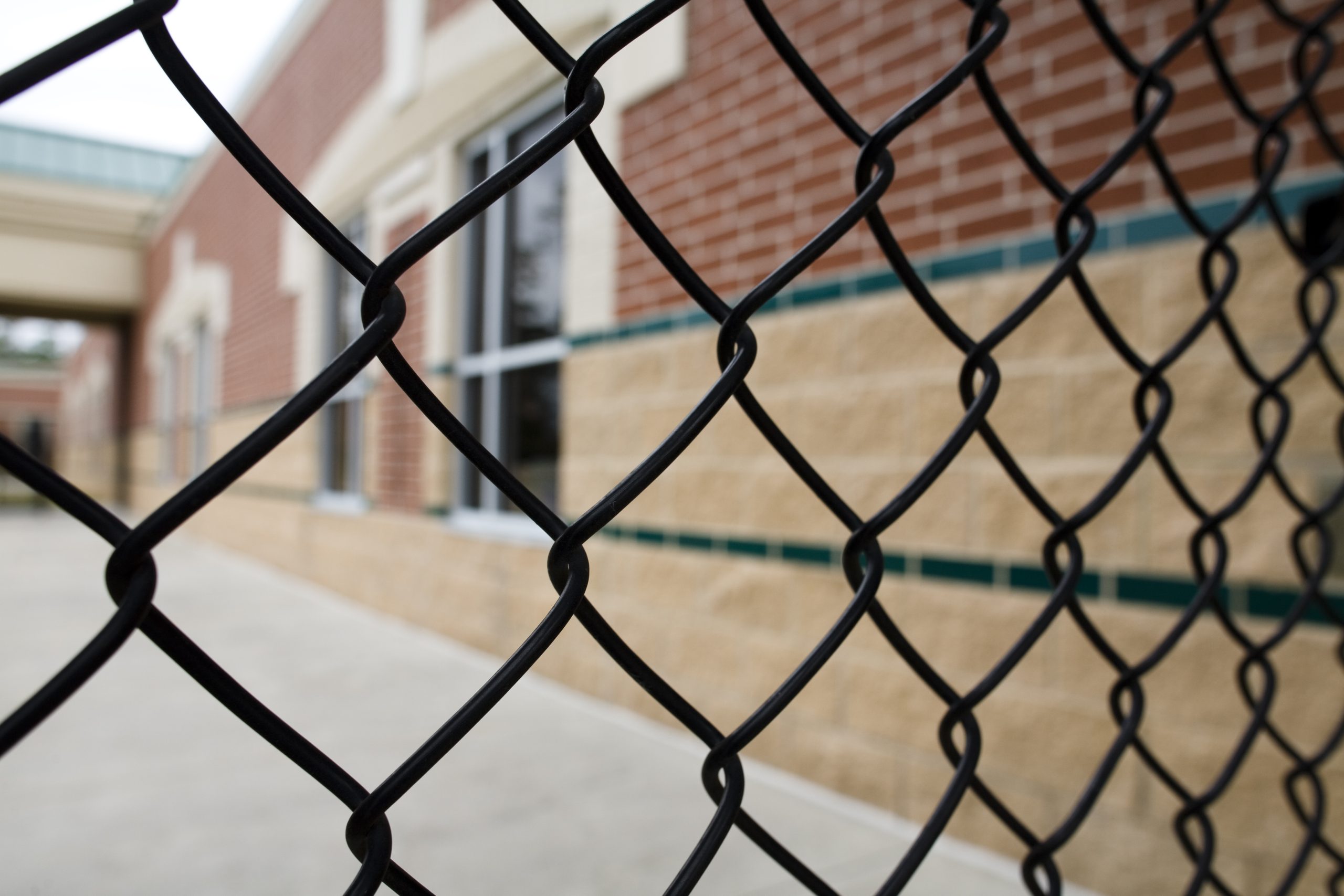A new report from the U.S. Centers for Disease Control and Prevention (CDC) summarizes results from the 2023 Youth Risk Behavior Survey and compares it to data from the last decade on topics including mental health, substance use, sexual behavior and experiences with violence, as well as new and emerging issues like social media use and housing instability.
The survey is administered every two years to a nationally representative sample of high schoolers to track their experiences and changes in health behaviors.
According to the report, trends around adolescent health and well-being such as sexual risk behaviors and substance use are improving, but “unfortunately, the data show that from 2013 to 2023, almost all other indicators of health and well-being in this report worsened. Data highlight worsening trends in protective sexual behaviors, experiences of violence, persistent sadness or hopelessness, and suicidal thoughts and behaviors.”
On measures related to experiencing violence, for example, 9 percent of students reported being threatened or injured with a weapon at school in the past year compared to 7 percent in both 2013 and 2021.
“Native Hawaiian or other Pacific Islander students were less likely than students from all other racial and ethnic groups to be threatened or injured with a weapon at school,” according to the report. “LGBTQ+ students were more likely than cisgender and heterosexual students to be threatened or injured with a weapon at school.”
In 2023, 13 percent of those surveyed said they missed school in the last 30 days because of safety concerns versus 9 percent in 2021, the last time the survey was administered, and 7 percent in 2013.
Between 2021 and 2023, rates of students who experienced online and/or in-person bullying, forced sex and/or sexual violence were all stable or worsened.
Overall, “female and LGBTQ+ high school students were more likely than their peers to experience violence,” the report states.
Mental health, substance use and sexual behavior
“Between 2013 and 2023, the percentage of students who felt persistently sad or hopeless increased, continuing an increasing trend we have seen in previous years. However, there was a decrease in this experience among students between 2021 and 2023,” according to the report.
Still, 40 percent of respondents reported these feelings in 2023.
Other measures of mental health considered in the survey — including experiencing poor mental health, seriously considering attempting suicide, making a suicide plan, attempting suicide and being injured by a suicide attempt and being treated by a medical professional — did not have significant changes between 2021 and 2023.
Overall, “Female and LGBTQ+ students were more likely than their peers to experience persistent feelings of sadness or hopelessness, poor mental health, and suicidal thoughts and behaviors,” the report states.
Between 2021 and 2023, decreasing rates of poor mental health among Hispanic student were observed and the percentage of Black students who attempted suicide and were injured in an attempt declined.
All measures related to substance use saw positive change with decreasing rates of current alcohol and marijuana use as well as declining use of illicit drugs and misuse of prescription opioids.
“Female and LGBTQ+ high school students were more likely than their peers to engage in most substance use behaviors,” according to the report.
Though the percentage of Black students who currently consumed alcohol increased, “the percentage of Black, Hispanic, and white students who had ever used select illicit drugs and who currently misused prescription opioids decreased.”
No measures related to sexual behaviors — including whether teens are/have been sexually active, use of birth control and testing for STDs — saw significant change between 2021 and 2023.
New concerns
Questionnaires distributed in 2021 and 2023 for the survey included inquiries on racism in schools, unfair discipline in schools, social media, school connectedness, unstable housing and parental monitoring.
Some key findings in 2023 include:
- More than half of students felt close to people at school, although female and LGBTQ students were less likely than their peers to have this connection
- More than 75 percent of students used social media multiple times a day
- A third of students reported experiencing racism at some point in school with Asian students more likely than their peers in other racial/ethnic groups to have this experience
- Roughly two in 10 students said they had been unfairly disciplined at school
Additionally, 3 percent of teens surveyed had experienced unstable housing in the past 30 days.
Recommendations
The CDC suggested the following proven school-based strategies to support students:
- Promoting mental health
- Ensuring quality health education, access to needed services and safe and supportive learning environments
- Increasing connectedness





